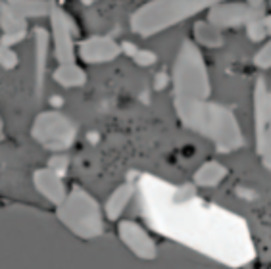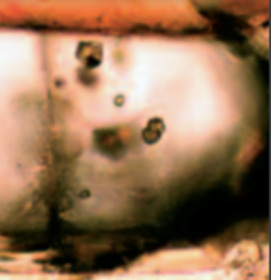Deep Fluids in Subducted Continental Crust
Establishing the timing and duration of ultrahigh-pressure metamorphism (UHP) for crustal rocks subducted to mantle depths of over 100 km requires high-precision geochronology directly coupled with pressure-sensitive indicators. The best links between UHP conditions and an age estimate are inclusions of the UHP indicator minerals coesite and/or diamond in datable zircon or garnet. Lu–Hf and Sm–Nd garnet ages define the prograde and peak portions of the pressure–temperature path for cold (<700 ºC), fast (>1 cm/y) UHP systems. UHP metamorphism in hotter (>800 ºC) and slower (<1 cm/y) terranes is best dated by U–Pb analysis of coesite-bearing zircon domains coupled with Sm–Nd and Lu–Hf garnet analysis.><1 cm/y) terranes is best dated by U–Pb analysis of coesite-bearing zircon domains coupled with Sm–Nd and Lu–Hf garnet analysis.
Deep Fluids in Subducted Continental Crust Read More »



